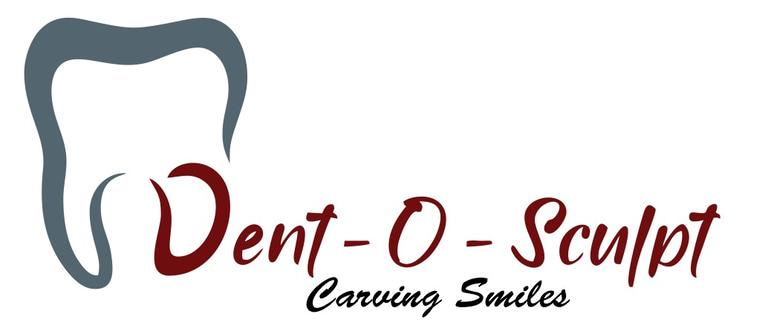Doctors are now available throughout the day at Dent-O-Sculpt for your convenience. Schedule your consultation today by calling +91-777-8058-798.
Choosing the Right Toothbrush: A Guide to Optimal Oral Cleaning
It's been always a dilemma to what type of brush should a person use. This Blog will answer your questions related to brush selection.
Dr Atul Parashar (M.D.S.,Ph.D*)
1/8/20243 min read
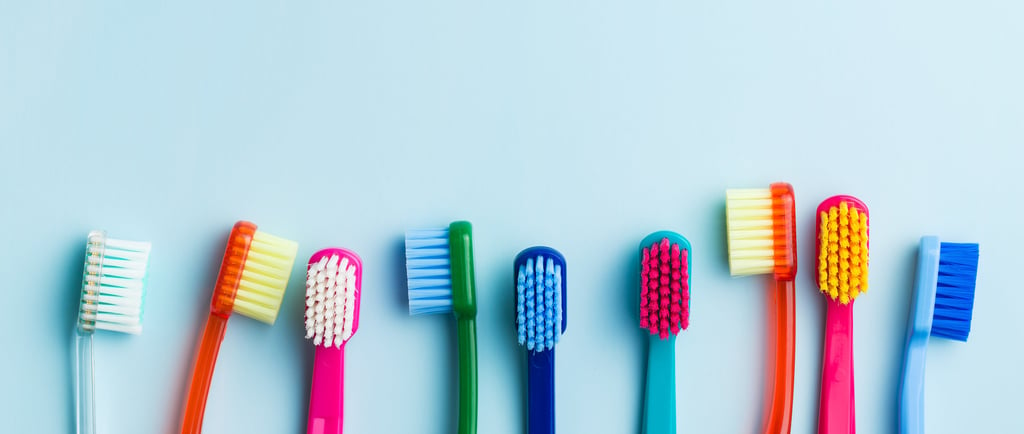

The humble toothbrush is a cornerstone of oral hygiene, yet navigating the myriad options on the market can be overwhelming. Selecting the right toothbrush is crucial for maintaining a healthy and vibrant smile. In this guide, we'll walk you through essential considerations to help you make an informed decision on the best toothbrush for your oral cleaning needs.
1. Bristle Type: Soft, Medium, or Hard?
The bristle type plays a pivotal role in effective oral cleaning. Dentists widely recommend opting for a toothbrush with soft bristles. Soft bristles are gentle on the gums, preventing damage to the enamel and reducing the risk of gum recession. Medium and hard bristled toothbrushes should only be used on “fake teeth” and “removable appliances, outside of the mouth not while they are still in your mouth. This includes:
Retainers
Invisalign trays
Partials
Dentures
Mouth/Sports/Snore/Night guards
Nesbit / flipper
If you have no idea what any of the above items are, then you’re in luck, you do not need a medium or hard bristle toothbrush for anything. Move along to the Soft toothbrush selection.
2. Size and Shape of the Brush Head:
Choose a toothbrush with a head size that comfortably fits into your mouth and can reach all surfaces of your teeth. A smaller brush head is generally more manoeuvrable and can access hard-to-reach areas, including the molars and the back of the mouth.
3. Handle Design and Grip:
The handle design and grip are often overlooked but are essential for optimal control during brushing. A comfortable grip ensures a firm hold, preventing the toothbrush from slipping out of your hand. Look for a handle that feels ergonomic and suits your hand size.
4. Manual vs. Electric:
Both manual and electric toothbrushes have their merits. Electric toothbrushes, powered by batteries or electricity, can provide more consistent brushing motions in patients with poor dexterity, seizures, weak muscular coordination. Some models even come with built-in timers to ensure you brush for the recommended two minutes. Choose the type that aligns with your preference and comfort.
5. Bristle Arrangement:
Bristles can be arranged in different patterns – flat, rippled, or angled. The arrangement can affect how well the toothbrush cleans specific areas. Angled bristles, Criss-cross, zig zag for example, can reach between teeth and along the gumline more effectively.
6. Consider Special Features:
Some toothbrushes come with additional features such as tongue cleaners, gum stimulators, or bristle indicators. These features can enhance your oral cleaning routine, but it's essential to prioritize the basics first – soft bristles, the right size, and a comfortable grip.
7. Replaceability and Maintenance:
Toothbrushes wear out over time, and it's crucial to replace them regularly. Choose a toothbrush with easily replaceable heads or bristles. Also, ensure proper maintenance by rinsing the brush thoroughly after use and storing it in an upright position to allow proper air circulation.
8. Dentist Recommendations:
When in doubt, consult your dentist. They can provide personalized recommendations based on your oral health needs, taking into account factors such as gum sensitivity, enamel health, and any existing dental conditions.
Conclusion:
Selecting the right toothbrush is a small yet significant step toward maintaining excellent oral health. By considering factors such as bristle type, size, handle design, and additional features, you can make an informed choice that complements your unique oral care needs. Remember, a well-chosen toothbrush, coupled with regular flossing and dental check-ups, is your ticket to a radiant and healthy smile.
'Choosing the Right Toothbrush:
A Guide to Optimal Oral Cleaning'
Any question related to Blog ? Write us?
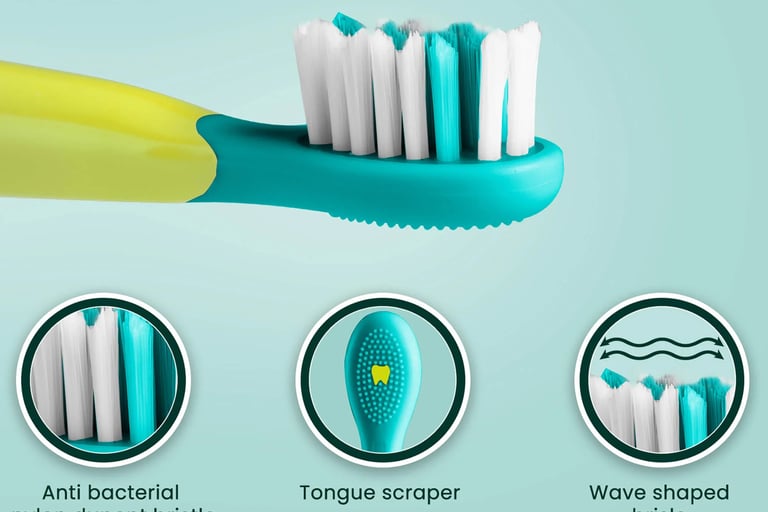

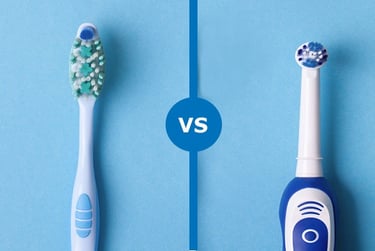

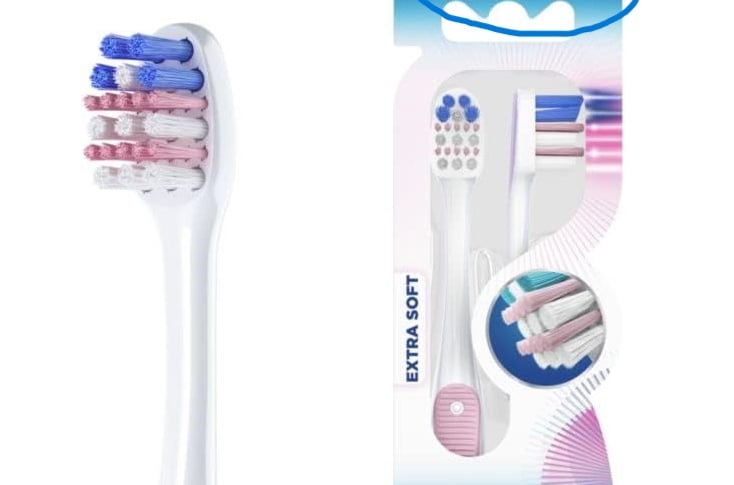




CONTACTS:
SOCIALS
ADDRESS:
UG-6, PAN OASIS SHOPPING COMPLEX
SECTOR-70, NOIDA-201307 (U.P.)
MON: 10.30 AM - 08.30 PM
TUE: 10.30 AM - 08.30 PM
WED: 10.30 AM - 08.30 PM
THU: 10.30 AM - 08.30 PM
FRI: 10.30 AM - 08.30 PM
SAT: 10.30 AM - 8.30 PM
SUN: 10.30 AM - 8.30 PM
TIMINGS
(Break 1.00 PM-3.30 PM)
QUICK LINKS
©2025
